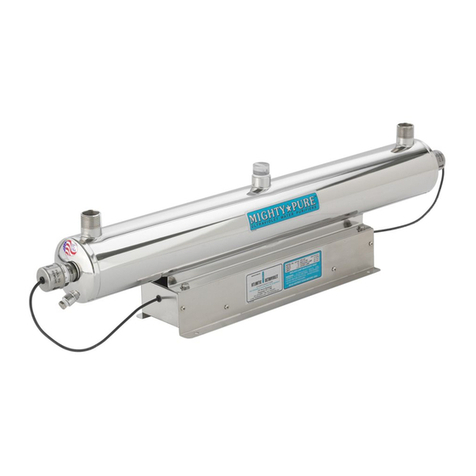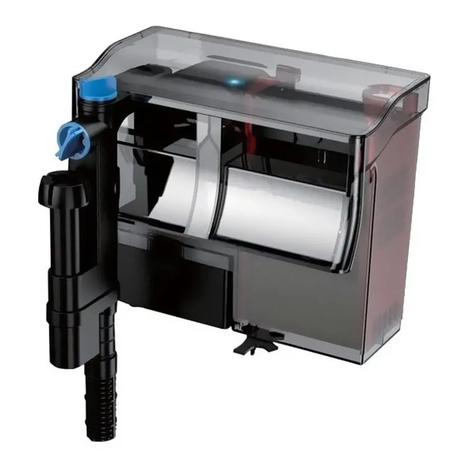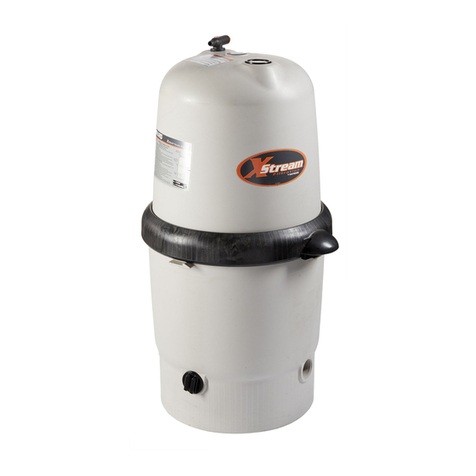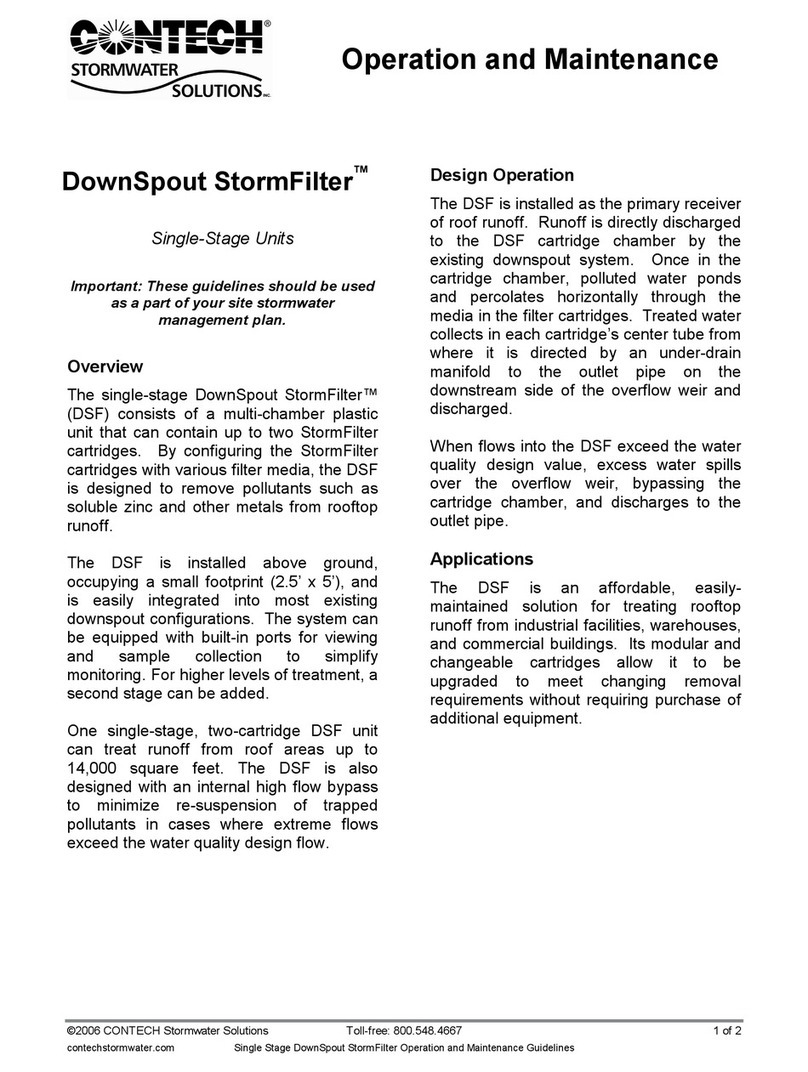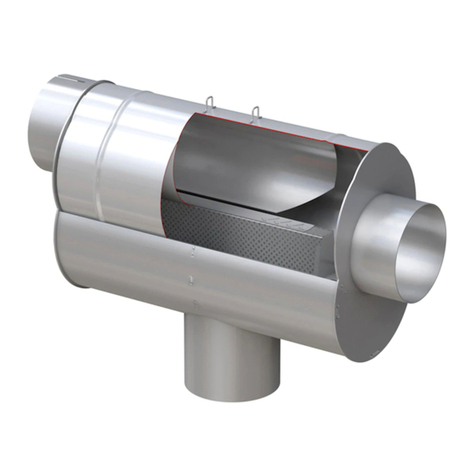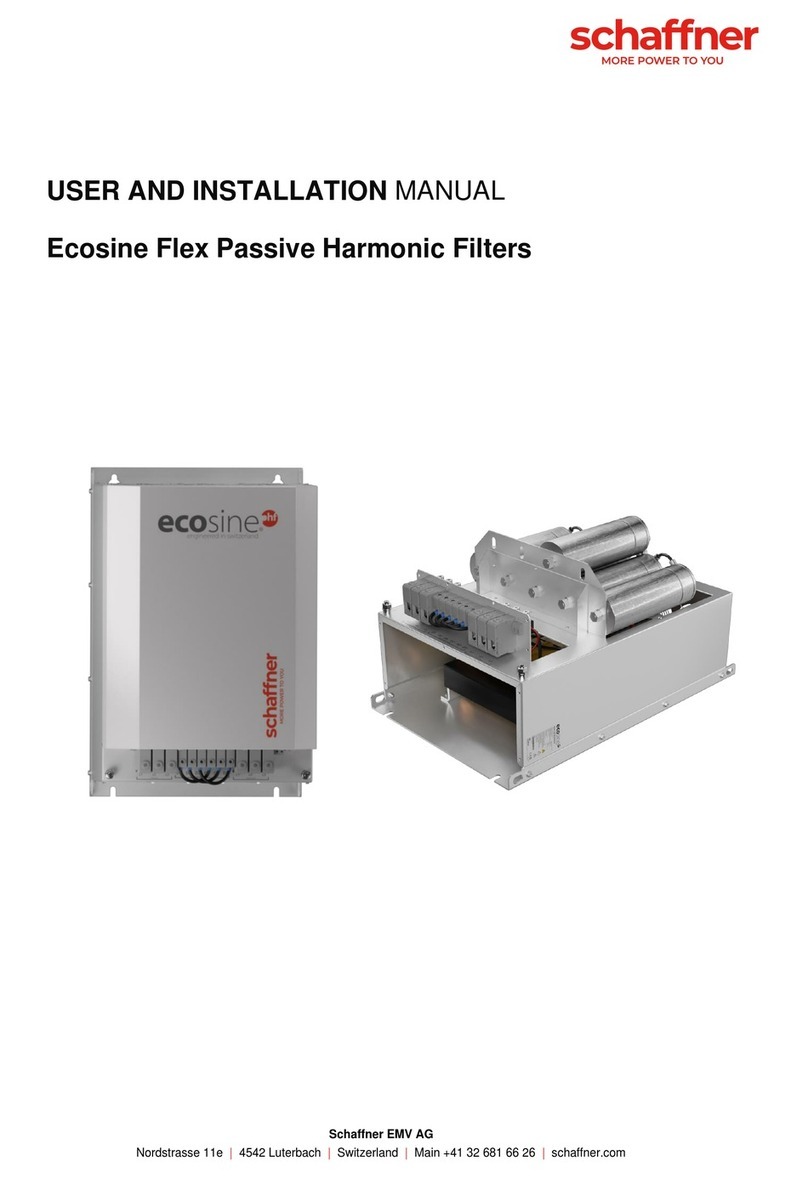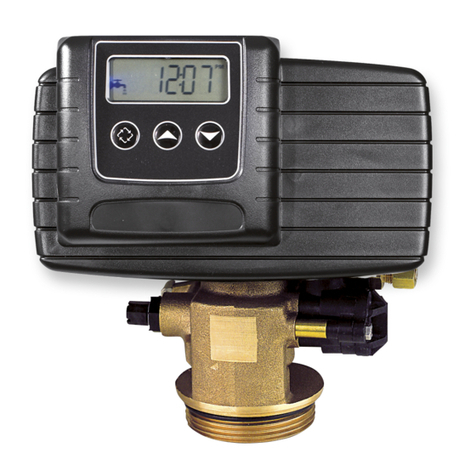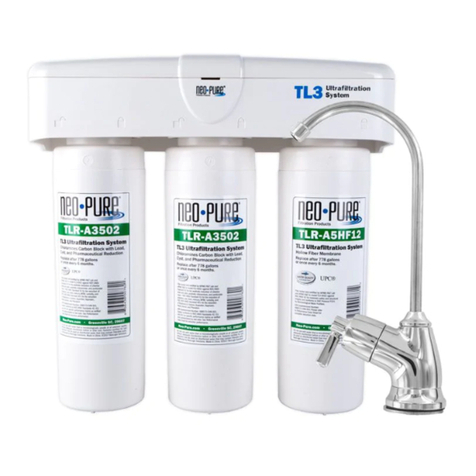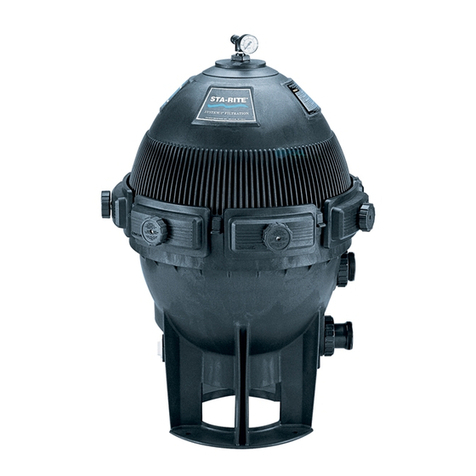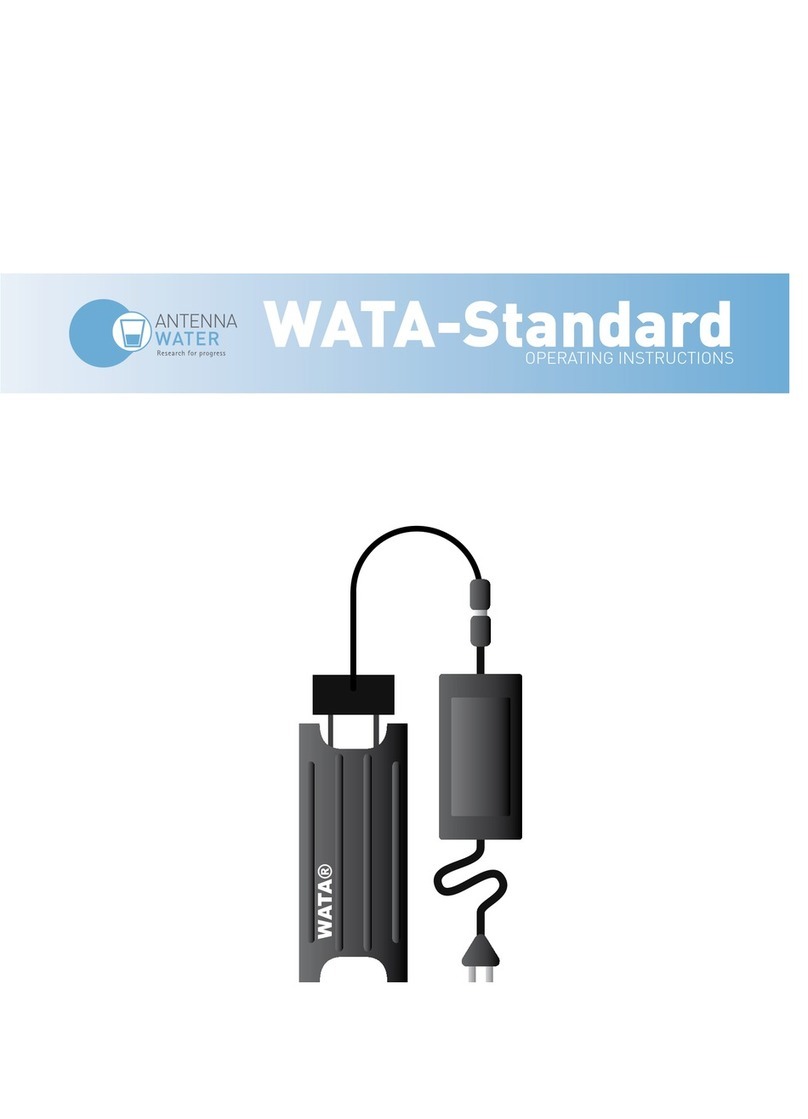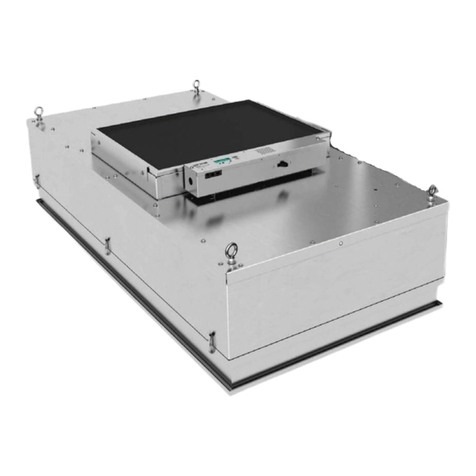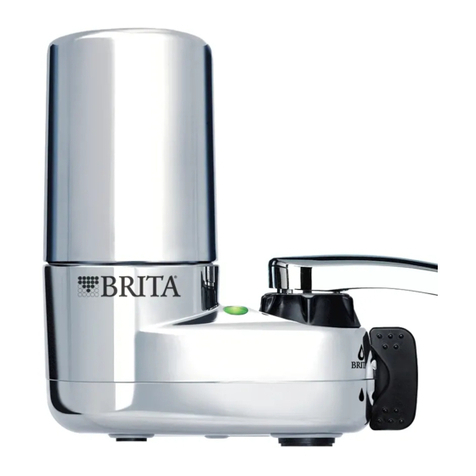
Dry Filter Spraybooth Installation and Maintenance Instructions
5
The metal body of the motor, the switchgear control panel and, the fan unit must all be earthed. It is strongly
recommended that an earth leakage circuit breaker with a tipping current of 30mA or less is fitted on the incoming
electrical supply.
Motors are designed to operate on voltages between +6% of the highest voltage and –6% of the lowest voltage shown
on the rating plate, e.g. 380Volts–6% to 415V+6%. This statement is only applicable to range rated motors, which are
evident from the hyphen separating the two values, e.g. 380-415V. On motors with a spot voltage, i.e. 415V, the
operating voltage should be plus or minus 6% of that spot voltage. Please Note: If voltage deviates beyond these limits
there is a danger that the motor protection will continually trip, and hence the fan will not meet the requirements of the
Spraybooth.
11 Electrical Connections
All electrical connections should be carried our by a qualified and authorised electrician in accordance with local site
regulations and the latest issue of the IEE Regulations.
In interests of electrical safety, a local means of isolating the electrical supply should be located as close as practically
possible to the Spraybooth, and must be of a type capable of being fitted with a lock to prevent the supply being
inadvertently turned on during maintenance operations.
In the case of larger Spraybooth installations, a local means of isolating the electrical supply should be located as close
as practically possible to all fan units individually. This is of particular importance when contactor or starter panels are
remotely mounted.
Operating voltage and other electrical data are marked on the motor nameplate. Please make sure that the motor is
suitable for the electrical supply on which it will be used. Conductors of the electrical supply cables should be
connected securely to the appropriate electrical motor terminals in accordance with the diagrams in the motor terminal
box and with the information given on the motor rating plate. All cables must be of adequate size to prevent any drop
in supply voltage. The appropriate cable gland must be fitted to the terminal box and, tightened and secured against
ingress of duct, dampness or, water. Terminal box covers must be fitted correctly, ensuring that the gasket seals the
terminal box effectively.
Motors must be connected to a contactor starter, incorporating no voltage release, overload protection and, for three
phase motors, phase failure protection (single phase prevention). On direct on-line starters the overload unit should be
adjusted to trip out at the motors full load current as shown on the motor rating plate. In cases where the motor is only
lightly loaded it is permissible to set the overload to a lower value, but under no circumstances should the overload be
set to a higher value than the full load current shown on that motors rating plate. The direction of rotation of the fan
unit is marked on the outside of the fan casing with a yellow label. To reverse the direction of rotation switch off and
isolate the electrical supply and, on three phase motors interchange any two of the incoming supply wires. On single-
phase motors, check details inside the motor terminal box cover.
12 Siting of Electrical Controls
Please refer to the following diagram for the permitted position to site electrical controls. If the Spraybooth supplied is
of the Extract Chamber type, i.e. to be located within a complete Sprayroom, all electrical equipment within this room
(Zone One Area) must be of an EEXD flameproof configuration. All wiring must be completed in micee-type cable
and any other sources of ignition must be excluded from this area.
If it is intended to use non-flameproof type starters for controlling a Sprayroom type environment, the starters must be
located outside the Sprayroom area within an area designated as a safe area.
